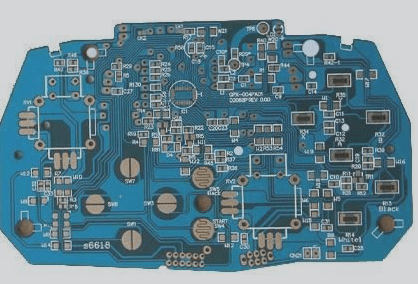The Rise of Folding Mobile Phones and the Role of Flexible Circuit Boards
Folding mobile phones have emerged as a key trend in the industry, with major manufacturers like Huawei, Samsung, and Rouyu launching their folding screen smartphones. Companies such as Xiaomi, OPPO, and vivo have also introduced prototypes, signaling the official beginning of the folding mobile phone era.

The Significance of Flexible Printed Circuits (FPCs) in Folding Smartphones
Flexible circuit boards have become essential components in folding smartphones due to their lightweight, slim profile, and excellent bendability. However, the application of FPCs in smartphones faces technical challenges that manufacturers are actively working to overcome.
Challenges and Solutions in FPC Development
- Developing foldable PCBs requires extensive research and development, along with a significant amount of electronic materials.
- FPCs are widely used in various industries, with mobile terminals, especially smartphones, imposing high technical demands on FPC.
- Experts are proposing solutions to meet FPC requirements for folding, connecting, and repeated use of folding screens, including extending circuits through a middle socket and reinforcing FPC with plug-in golden fingers.
- Manufacturing challenges exist for large-size applications in folding screen smartphones, impacting costs and requiring advancements in mass production or technological upgrades.
The Future of FPCs in Mobile Phones
The growing application of FPCs in mobile phones is expected to continue, driven by trends in miniaturization and intelligence. Flexible mobile phones are poised to become more prevalent, shaping the future development trajectory of FPCs in the industry.
Exploring New Frontiers in FPC Technology
The industry is exploring innovative processes and technologies for connecting soft and hard boards, with a focus on fabricating rigid-flex boards. Initial attempts are being made to utilize wider materials, aiming to enhance the capabilities and applications of FPCs in various electronic devices.




